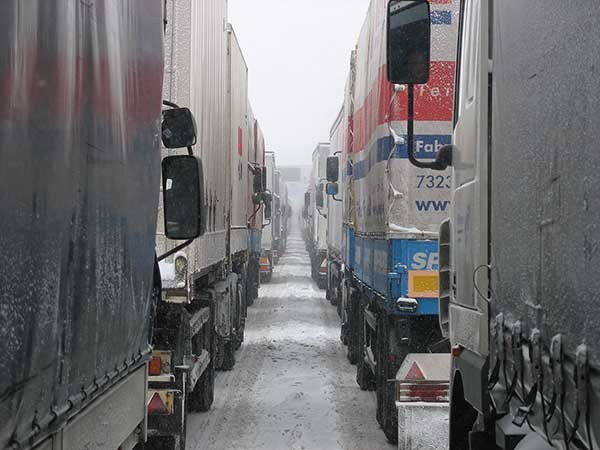News
No breathing space in the Alpine regions

Nitrogen oxide levels in the EU must not exceed an annual average of 40 micrograms per cubic metre of air, yet this is regularly being exceeded in some Alpine regions. Nitrogen oxides are a danger to public health. In South Tyrol, for example, some 40,000 people are currently exposed to increased nitric oxide levels. Italy’s lack of enforcement of maximum pollution levels threatens not only the health of the population while risking the degradation of the environment: the government also faces high fines from the EU. CIPRA South Tyrol, as an umbrella organisation for the protection of the local nature and environment, complains: “Policymakers stand idly by and put off the necessary steps. Yet practical solutions exist, such as a modal shift of traffic from road to rail, temporary vehicle bans or bringing tolls into line with those of neighbouring Alpine crossings.”
A similar situation can be found in the Rhône-Alpes region in France. The Air Rhône-Alpes association is calling for new instruments to check air quality and an exchange with regions facing similar problems.
Perhaps surprisingly, among the EU countries Austria is dragging its feet when it comes to air pollution. The Austrian Traffic Club (VCÖ) came to the conclusion that the effect is similar to that found in smoking venues. It is therefore calling for (among other things) an expansion of public transport for commuters and a driving ban on trucks not fitted with particulate filters.
Sources and further information: http://www.umwelt.bz.it/aktuelles/presse/was-tut-die-s%C3%BCdtiroler-politik-um-die-stickoxid-grenzwerte-einzuhalten.html (it/de), http://www.air-rhonealpes.fr/site/News/Voir/mieux_identifier_les_sources_des_particules#News/extraire/689299 (fr), http://www.vcoe.at/de/publikationen/vcoe-factsheets/details/items/belastung-durch-stickoxide-ist-in-oesterreich-zu-hoch (de), http://eur-lex.europa.eu/LexUriServ/LexUriServ.do?uri=OJ:L:2008:152:0001:0044:de:PDF (de)


